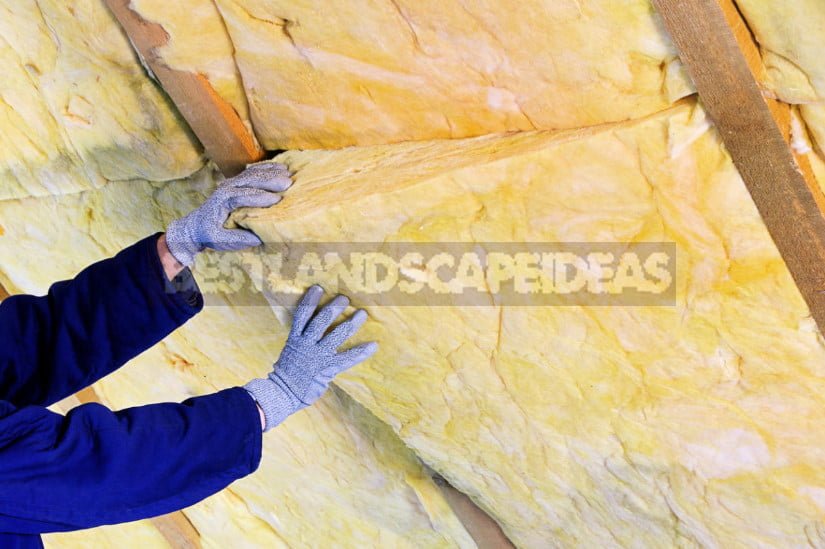
In the first part of the article we got acquainted with the requirements for the creation of a modern thermal circuit for a comfortable climatic content of the country, as well as with the functions that perform steam and waterproofing films.
Now let’s get acquainted with the insulation itself.
Choice of insulation
Requirements for insulation are very serious, and sometimes difficult to relate to each other. They should be at a height of the following characteristics:
- low thermal conductivity,
- high chemical resistance,
- biostability,
- hydrophobicity,
- good vapor permeability,
- durability,
- fire safety.

Along the way, they should not be attractive to rodents. Agree, in the country conditions the latter circumstance is especially important.
Today, for the insulation of attics construction market offers:
- stone (basalt and fiberglass) insulation in the form of
- rigid plates and flexible rolls;
- plates of foam and extruded polystyrene foam;
- foam glass in the form of plates;
- materials for spraying.
Their production is mastered by several industry leaders, such as Rockwool, etc.
Indeed, the technical characteristics of their products are similar, and the developer is not easy to make the right choice. Let’s go from the opposite and see what materials should be abandoned for one reason or another.
What insulation is not worth buying
As mentioned above, the materials can be made both in a rigid slab and in a flexible roll version. Second, we did not need it. The fact is that when mounted on an inclined surface (pitched walls of the attic), elastic mats under their own gravity will inevitably begin to SAG and create cracks into which cold air will rush. In the language of building physics such cracks are called cold bridges.
Hard plate keep the dimensions the same throughout the life of the application.

And another important warning. It is associated with extruded polystyrene foam. This is an excellent material with a set of enviable technological qualities. However, he also has an Achilles heel, and extremely insidious.
The Flammability of conventional extruded polystyrene foam is usually in class G3 (normally combustible). Special flame retardants manufacturers raise it to G1 (slightly combustible). But not in combustibility as such trouble, and that at melting the material allocates extremely dangerous to human life gaseous chemical compounds.
But the foam is a wonderful insulator. All good, except prices. The cost of such insulation is much higher than most offered on the market.
Insulation technology
Insulation with traditional heat insulators can be performed according to two schemes:
- Or the roof is not yet built, and you can freely lay the material, consistently performing all the necessary operations;
- Or the roof already exists, and you are compelled, having bent in three destructions, almost to creep on “dead” points of underlay space.

The reader of our portal a year ago performed the insulation of the attic on the second option and invited to his site an expert for a thematic photo shoot. Here I will mention only those details that are not reflected in the report.

- After unpacking of plates of heat insulators it is necessary to wait half an hour while they will restore the dimensions;
- The distance between the sloping rafters should be chosen per centimeter-two less than the width of the plate. Therefore, the thermal insulation plate is installed between the rafter legs in an elastic-compressed state “in the spacer”. If the vertical size of the cross section of the rafters is less than the required thickness of insulation to the rafters connect additional blocks, increasing the size of the missing;
- The vapor barrier is fixed on the lower plane of the rafter legs with stapler staples or galvanized nails. Overlapping of the next cloths should make not less than 100 mm both along, and across a slope. Cloths are hermetically joined together by means of an adhesive tape.
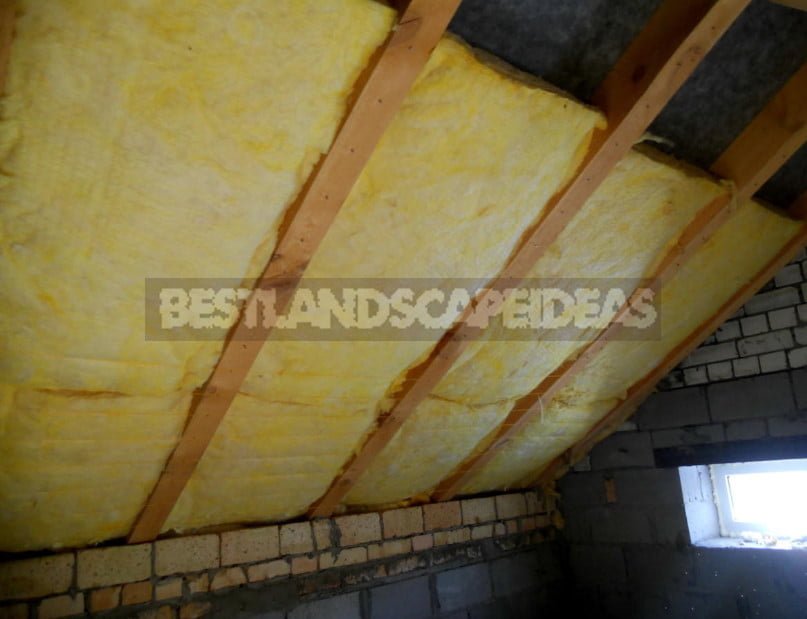
If the vapor barrier film and adhesive tape are purchased from different manufacturers, and the value of their possible shrinkage is not synchronized, it makes sense to use short fragments of adhesive tape: long risks to give the film some corrugation, where the pairs of room air will rush. Approximately similarly mounted and waterproofing film.
New in the field of attic insulation
The practice of construction of roof pies for low-rise buildings shows that the best result is achieved in the case of the acquisition of all components of the “pie” from one manufacturer. The fact that the manufacturer’s engineers have all calculated for us and put together all the layers of the roofing “Bastion” on the thermal parameters.
A good example of such a complex is the system TN-SHINGLAS Attic PIR. As roofing is used well-proven multi-layered shingles TechnoNIKOL Shinglas.

The system guarantees a continuous thermal insulation circuit made of light and durable thermal insulation boards based on LOGICPIR foamed polyisocyanurate (PIR).
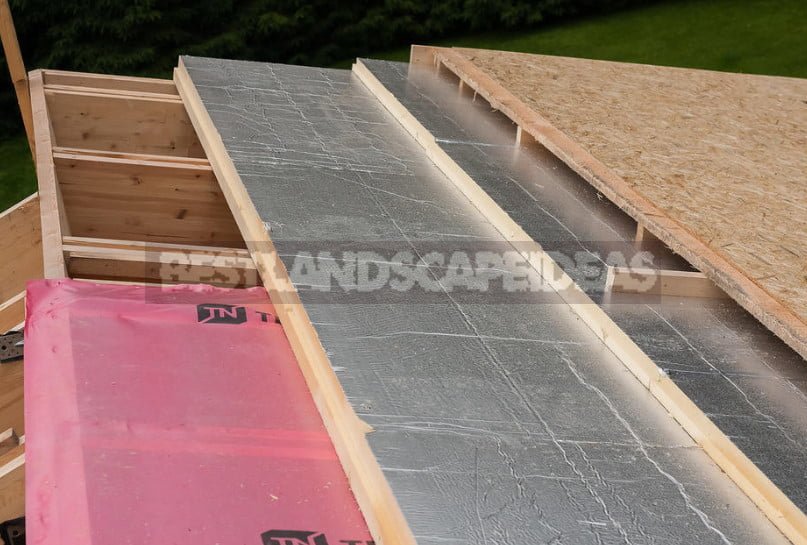
- The multi-layer cake system is mounted on top of the rafter legs, which reduces the level of heat loss, and hence the cost of heating.
- Durable aluminum cover plates LOGICPIR allows to refuse from separate hydro windproof membrane, as in gluing of joints of plates sealing tape obtained was washed in a continuous layer, which protects the entire structure from moisture.

Frankly, the author did not immediately believe in the safety of new items and sent a request to the manufacturer about its neutrality regarding the health of summer residents.

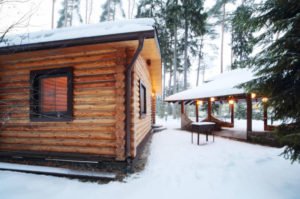
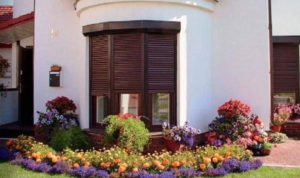
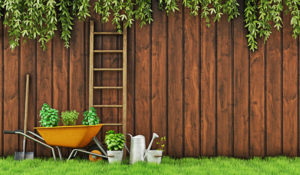
Leave a Reply